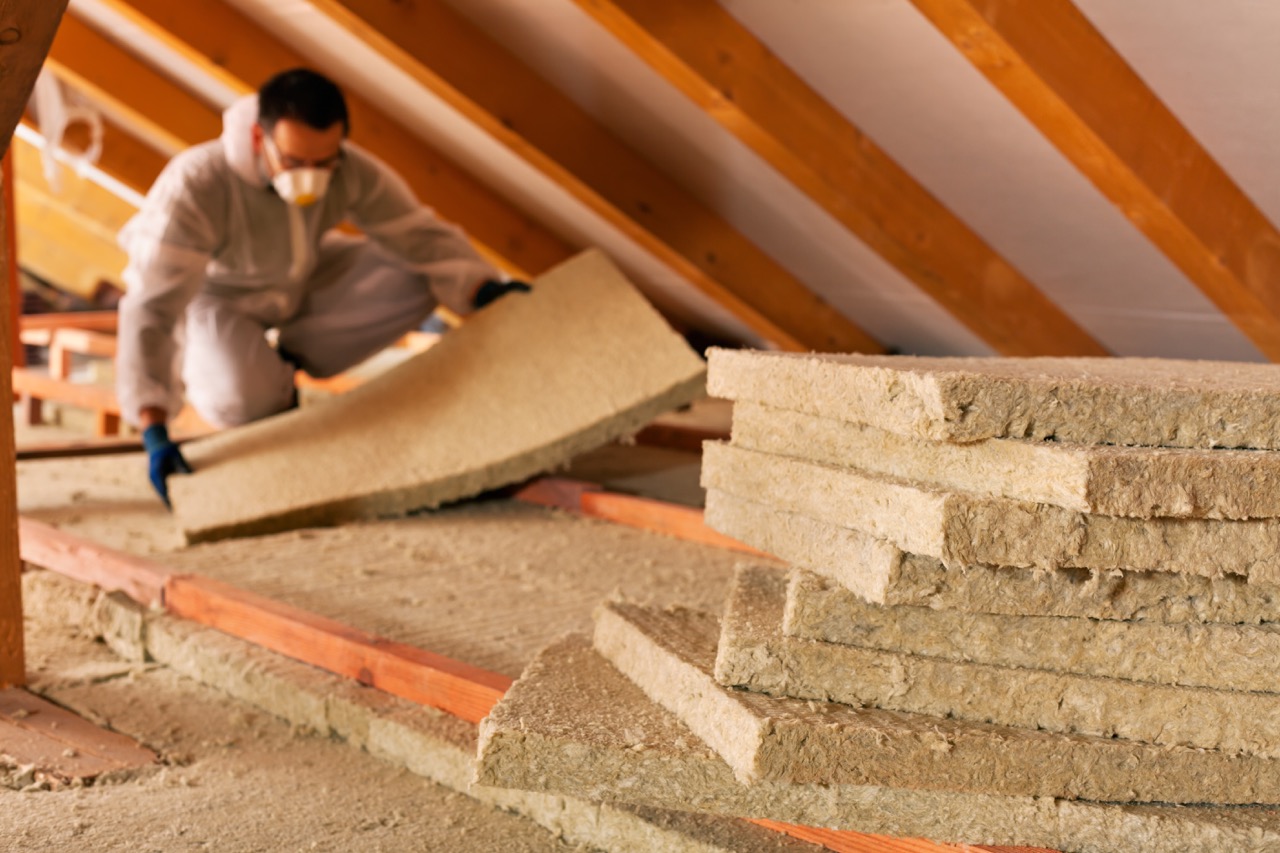

Articles
How To Insulate An Attic Ceiling
Modified: January 9, 2024
Learn the step-by-step process of insulating an attic ceiling with our informative articles. Create a more energy-efficient home today.
(Many of the links in this article redirect to a specific reviewed product. Your purchase of these products through affiliate links helps to generate commission for Storables.com, at no extra cost. Learn more)
Introduction
Welcome to the comprehensive guide on how to insulate an attic ceiling. Insulating your attic is a crucial step in improving the energy efficiency of your home and increasing comfort levels. Inadequate insulation can result in significant heat loss during the winter and heat gain during the summer, leading to higher energy bills and compromised indoor comfort.
Insulating the attic ceiling is particularly important as it acts as a barrier between the living space below and the unconditioned attic space above. By properly insulating the attic ceiling, you can prevent heat transfer and reduce the workload on your HVAC system, resulting in energy savings and a more comfortable home environment.
In this guide, we will take you through the step-by-step process of insulating an attic ceiling, from assessing your insulation needs to completing the installation. Whether you’re a seasoned DIY enthusiast or a beginner looking to tackle your first insulation project, this article will provide you with the knowledge and guidance you need.
Before you get started, it’s important to note that the specific insulation requirements may vary based on your climate zone and local building codes. It’s always a good idea to consult with a professional or conduct thorough research to ensure you’re adhering to the appropriate guidelines for your area.
Now, let’s dive into the first step of the attic ceiling insulation process: assessing your insulation needs.
Key Takeaways:
- Properly insulating your attic ceiling is essential for reducing energy costs and improving home comfort. Assessing insulation needs, gathering materials, and ensuring proper ventilation are crucial steps for a successful insulation project.
- Regular maintenance and inspection of attic insulation are key to ensuring long-term energy efficiency and comfort. Addressing air leaks, maintaining clearances, and considering upgrades when necessary can help maximize the effectiveness of your insulation.
Read more: How To Insulate A Ceiling Without Attic
Step 1: Assessing your attic insulation needs
Before you begin the process of insulating your attic ceiling, it’s important to assess the current insulation situation in your attic. This will help you determine the type and amount of insulation required to achieve optimal energy efficiency.
Start by examining the existing insulation in your attic. If your home is older or has not been renovated in a while, there’s a chance that the insulation may be outdated or insufficient. Look for signs of wear, damage, or settling, which can impact its effectiveness. You may also find that there are areas of your attic that have no insulation at all.
Additionally, consider the type of insulation material used in your attic. Common insulation options include fiberglass batts, loose-fill cellulose, and spray foam. Each material has its own advantages and disadvantages in terms of insulation properties, cost, and ease of installation.
Next, you’ll need to determine the recommended R-value for your attic insulation. R-value measures the resistance to heat flow, and the higher the R-value, the greater the insulation effectiveness. The recommended R-value for attic insulation varies depending on your climate zone. The Department of Energy provides detailed guidelines on the appropriate R-values for different regions.
Take into account the size and layout of your attic space as well. Not all areas of the attic may require insulation. For example, if you have a finished or conditioned space in your attic, you may already have insulation in place.
Once you have thoroughly assessed the condition and type of insulation in your attic, and have determined the recommended R-value for your climate zone, you can move on to the next step of the process: gathering the necessary materials.
Step 2: Gathering the necessary materials
Now that you have assessed your attic insulation needs, it’s time to gather the necessary materials for the insulation project. Having all the materials on hand before you start will ensure a smoother and more efficient process.
The specific materials required will depend on the type of insulation you choose and the condition of your attic. Here are some common materials you may need:
- Insulation material: This can include fiberglass batts, loose-fill cellulose, or spray foam, depending on your preference and the R-value required.
- PPE (Personal Protective Equipment): Safety should always be a priority when working with insulation. You may need items such as gloves, safety glasses, and a dust mask to protect yourself.
- Tape measure: You’ll need a measuring tool to determine the length and width of the insulation materials needed.
- Utility knife: A sharp utility knife will come in handy for cutting insulation materials to the right size.
- Staple gun: If you’re using fiberglass batts or other types of roll insulation, a staple gun will be needed to secure the insulation in place.
- Caulk: Sealing any air leaks or gaps in your attic ceiling is crucial for optimal insulation. Have caulk on hand to seal any cracks or openings.
- Insulation supports: These are metal or plastic rods that help hold insulation in place between the ceiling joists. They are especially useful when working with loose-fill insulation.
- Access tools: Depending on the layout of your attic, you may need a ladder or scaffolding for easy access to the ceiling area.
Make sure to check the manufacturer’s recommendations and guidelines for the specific materials you choose. It’s important to use high-quality insulation materials and proper installation techniques for long-lasting and effective insulation.
Once you have gathered all the necessary materials, you can proceed to the next step: preparing the attic for insulation.
Step 3: Preparing the attic for insulation
Before you begin installing insulation in your attic, it’s essential to properly prepare the space to ensure optimal results. Preparing the attic involves a few key steps to create a clean and safe environment for the insulation installation.
Here are the steps to follow when preparing your attic for insulation:
- Clean the attic: Start by removing any debris, dust, or dirt from the attic space. Use a broom or vacuum to thoroughly clean the area. Make sure to wear appropriate protective gear such as gloves and a dust mask.
- Seal air leaks: Insulation is most effective when there are no air leaks in the attic. Seal any gaps, cracks, or openings in the attic ceiling using caulk or foam sealant. This will help prevent the escape of conditioned air and the entry of outdoor air.
- Ensure proper ventilation: Adequate attic ventilation is crucial for maintaining the efficiency and longevity of your insulation. Check that your attic has proper ventilation, including soffit vents, ridge vents, or gable vents. If necessary, consider installing additional vents to promote airflow.
- Inspect for moisture issues: Moisture can damage insulation and lead to mold and mildew growth. Inspect the attic for any signs of leaks or dampness. If you notice any water stains, address the underlying issue before proceeding with insulation.
- Protect electrical fixtures: Take measures to protect any electrical fixtures in the attic, such as lights or wiring. Use insulation baffles or covers to create a safe distance between the insulation and the fixtures. Consult a licensed electrician if you are unsure about handling electrical components.
By taking the time to properly prepare your attic, you create a clean and efficient space for insulation installation. This will ensure that your insulation performs optimally and helps reduce energy costs.
Once you have completed the preparation steps, you’re ready to move on to the next stage: installing insulation on the attic ceiling.
Make sure to seal any air leaks before adding insulation to your attic ceiling. This will help improve the effectiveness of the insulation and prevent energy loss.
Step 4: Installing insulation on the attic ceiling
Now that your attic is prepared, it’s time to start installing insulation on the attic ceiling. This step is crucial in creating an effective thermal barrier between the living space and the attic.
Follow these steps to properly install insulation on the attic ceiling:
- Measure and cut insulation: Using your tape measure, carefully measure the length and width of the space between the ceiling joists in the attic. Transfer these measurements to your insulation material and use a sharp utility knife to cut the insulation to the appropriate size. Remember to leave a small gap around electrical fixtures for safety.
- Attach insulation supports: If you’re using loose-fill insulation, such as cellulose or fiberglass, install insulation supports between the joists to hold the insulation in place. These supports can be metal rods or plastic netting that prevents the insulation from settling too much over time.
- Place the insulation: Place the cut insulation between the ceiling joists, ensuring a snug fit. Gently press down on the insulation to fully fill the space, but avoid compressing it too much, as this can reduce its effectiveness.
- Secure the insulation: If you’re using fiberglass batts or roll insulation, use a staple gun to attach the insulation to the joists. Make sure the insulation is securely fastened, but be careful not to damage the material.
- Fill gaps and corners: Use smaller pieces of insulation to fill any gaps, corners, or awkward spaces in the attic ceiling. This will help ensure complete coverage and minimize heat loss or gain in these areas.
- Maintain proper clearances: Be mindful of maintaining proper clearances around fixtures, such as recessed lights or exhaust fans, as specified by the manufacturer. Use insulation baffles or covers to maintain the necessary distance between the insulation and these fixtures.
It’s important to work carefully and efficiently when installing insulation to ensure a proper and consistent layer. Take breaks as needed to avoid fatigue and maintain focus on the task at hand.
Once you have installed the insulation, you can move on to the next step: ensuring proper ventilation in the attic.
Step 5: Ensuring proper ventilation
Proper ventilation is a critical aspect of attic insulation. It helps regulate moisture levels, prevent the buildup of heat, and maintain the effectiveness of your insulation. In this step, we will discuss how to ensure proper ventilation in your attic.
Here are some key considerations for ensuring proper attic ventilation:
- Check existing ventilation: Begin by assessing the current ventilation in your attic. Look for ventilation openings such as ridge vents, soffit vents, gable vents, or turbine vents. Ensure that they are clear of any obstructions, such as insulation or debris, and not damaged or blocked.
- Add additional vents if needed: If your attic lacks sufficient ventilation, consider adding additional vents to improve airflow. Consult a professional or research the ventilation requirements specific to your climate zone to determine the appropriate type and number of vents needed.
- Seal air leaks: Ventilation should be properly balanced to allow for intake and exhaust airflow. Seal any air leaks around vents, ducts, or other openings to prevent air from bypassing the intended ventilation pathway.
- Install baffles: Insulation baffles, also known as rafter vents, are installed in the attic to ensure that insulation does not block the path of airflow from the soffit vents to the ridge vents. Install baffles between the rafters, extending from the soffit area up to the highest point of the attic.
- Maintain clearances: Ensure that insulation does not obstruct the airflow path through the attic. Keep insulation at least a few inches away from eaves, vents, and fixtures to maintain proper clearance for ventilation.
Proper attic ventilation helps to prevent the buildup of excess heat and moisture, which can lead to mold, mildew, and other issues. It also helps to extend the lifespan of your insulation and maintain its effectiveness.
Remember to regularly inspect and maintain your attic ventilation system to ensure it continues to function properly. It’s recommended to consult with a professional if you’re unsure about the specific ventilation requirements for your attic.
Now that you have ensured proper ventilation in your attic, let’s move on to the final step: revisiting and maintaining insulation.
Step 6: Revisiting and maintaining insulation
Installing insulation in your attic ceiling is a significant investment in improving energy efficiency and comfort in your home. However, it’s important to periodically revisit and maintain your insulation to ensure it continues to perform optimally over time. In this step, we will discuss the importance of revisiting and maintaining your attic insulation.
Here are some key considerations for revisiting and maintaining your insulation:
- Regular inspections: Periodically inspect your attic to check the condition of your insulation. Look for signs of settling, damage, or displacement. Insulation that has shifted or compressed may be less effective in providing the desired thermal barrier. Consider repositioning or replacing insulation that has been compromised.
- Address air leaks: Over time, air leaks may develop in the attic, allowing conditioned air to escape and outside air to enter. Regularly inspect and seal any air leaks to maintain the optimal performance of your insulation. Look for gaps around electrical fixtures, ducts, and any other potential openings.
- Maintain proper clearances: Ensure that insulation remains clear of any fixtures, electrical wiring, or ventilation openings. Proper clearances help prevent any safety hazards and maintain optimum airflow and ventilation.
- Upgrade when necessary: As technology and insulation materials continue to advance, it may be worthwhile to consider upgrading your attic insulation. Newer insulation options may provide higher R-values, improved energy efficiency, and better performance overall. Consult with professionals to explore potential upgrades.
- Consider professional inspections: If you’re unsure about the condition of your insulation or if you want a thorough assessment of your attic, it’s advisable to seek professional help. Certified insulation contractors or energy auditors can conduct inspections and provide recommendations for improving insulation performance.
- Maintain adequate ventilation: As mentioned in Step 5, proper attic ventilation is crucial for the longevity and effectiveness of your insulation. Regularly check and maintain your attic ventilation system to ensure optimal airflow and moisture control.
By regularly revisiting and maintaining your attic insulation, you can ensure that it continues to provide the desired energy efficiency and comfort benefits for your home. Addressing any issues promptly will help prolong the lifespan of your insulation and maximize its effectiveness.
With this final step, you have now completed the process of insulating an attic ceiling. Congratulations on taking this important step towards improving your home’s energy efficiency and comfort!
Conclusion
Insulating an attic ceiling is a crucial step in improving the energy efficiency and comfort of your home. By creating a barrier between the living space and the unconditioned attic, insulation helps to prevent heat transfer, reduce energy consumption, and increase thermal comfort.
In this comprehensive guide, we have covered the step-by-step process of insulating an attic ceiling. We started with assessing your attic insulation needs, gathering the necessary materials, and preparing the attic for insulation. Then, we delved into the installation process, ensuring proper ventilation, and the importance of revisiting and maintaining insulation over time.
Remember, each attic is unique, and it’s essential to consider factors such as climate, existing insulation, and ventilation requirements specific to your area. Local building codes and regulations should also be followed to ensure a safe and compliant insulation installation.
Insulating your attic ceiling not only contributes to energy savings and increased comfort, but it also helps reduce your carbon footprint by reducing the need for excessive heating and cooling. It is an investment that pays off in the long run, both financially and environmentally.
If you’re unsure about any aspect of the insulation process or if you want a professional assessment, don’t hesitate to consult with insulation experts or energy auditors. They can provide valuable insights and recommendations tailored to your specific needs.
By following the steps outlined in this guide and maintaining your insulation, you can enjoy the benefits of a well-insulated attic for years to come. So, get started on insulating your attic ceiling today, and reap the rewards of a more energy-efficient and comfortable home.
Frequently Asked Questions about How To Insulate An Attic Ceiling
Was this page helpful?
At Storables.com, we guarantee accurate and reliable information. Our content, validated by Expert Board Contributors, is crafted following stringent Editorial Policies. We're committed to providing you with well-researched, expert-backed insights for all your informational needs.
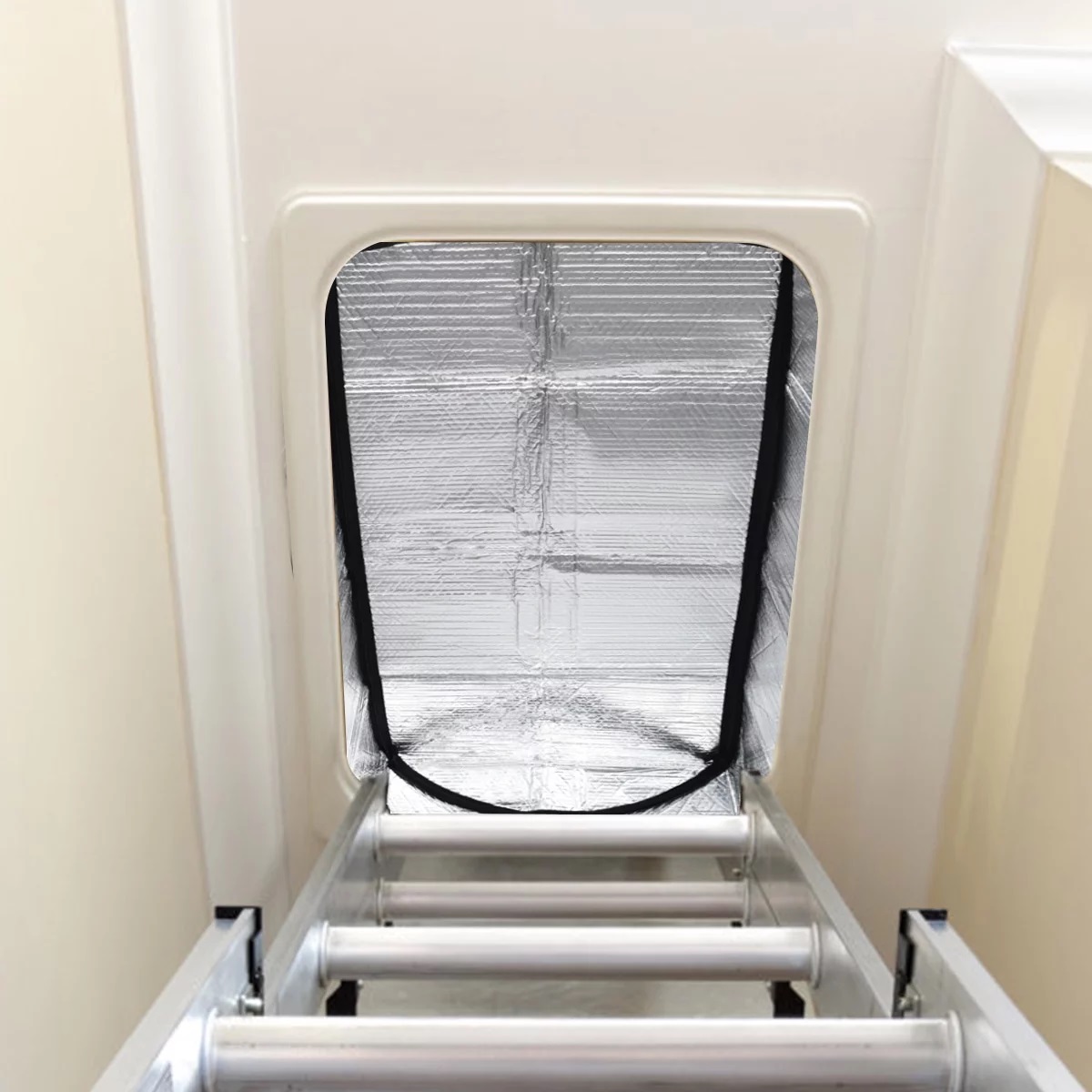
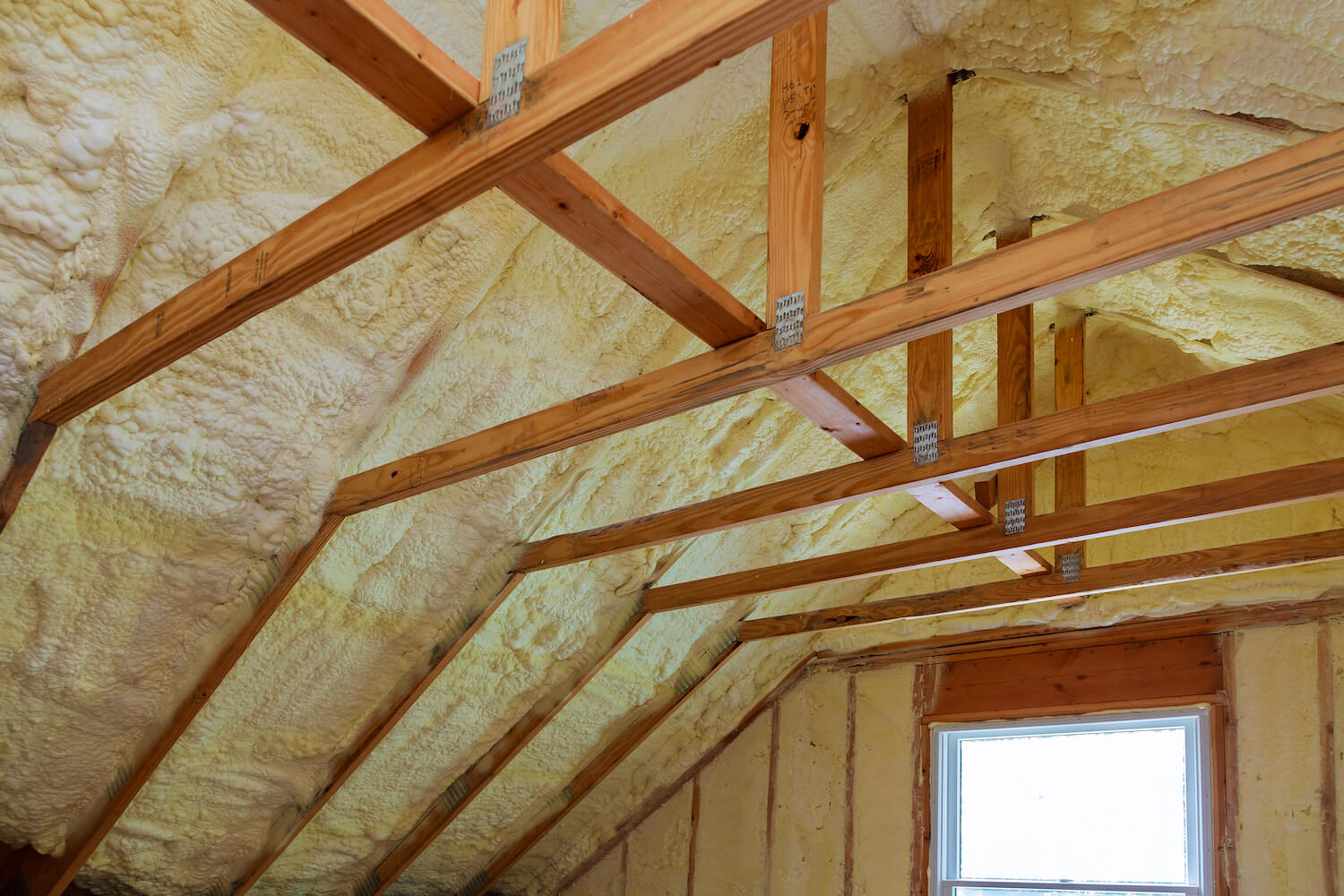
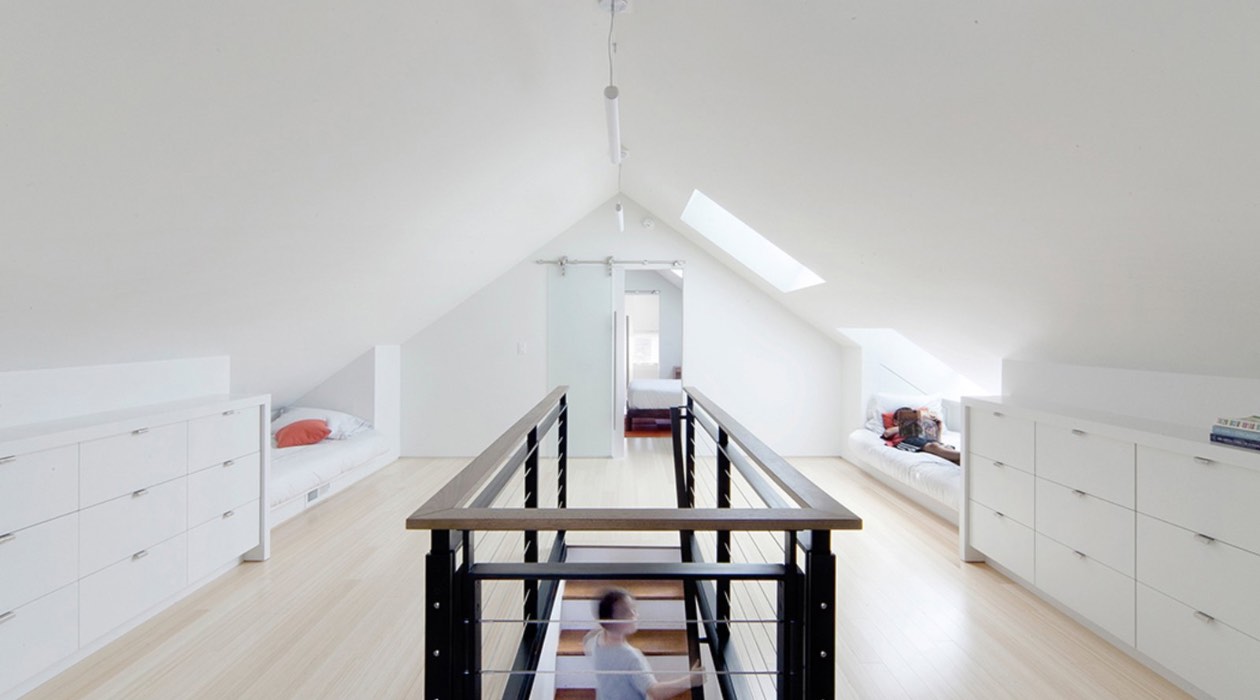
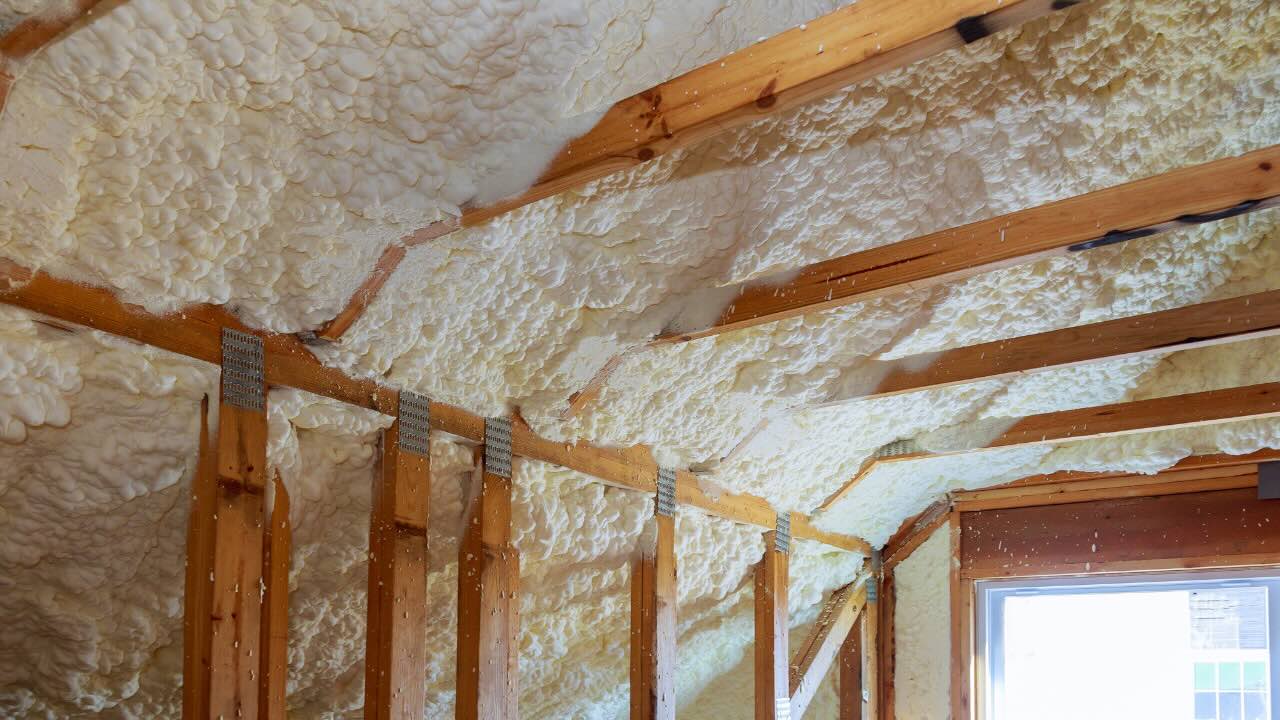
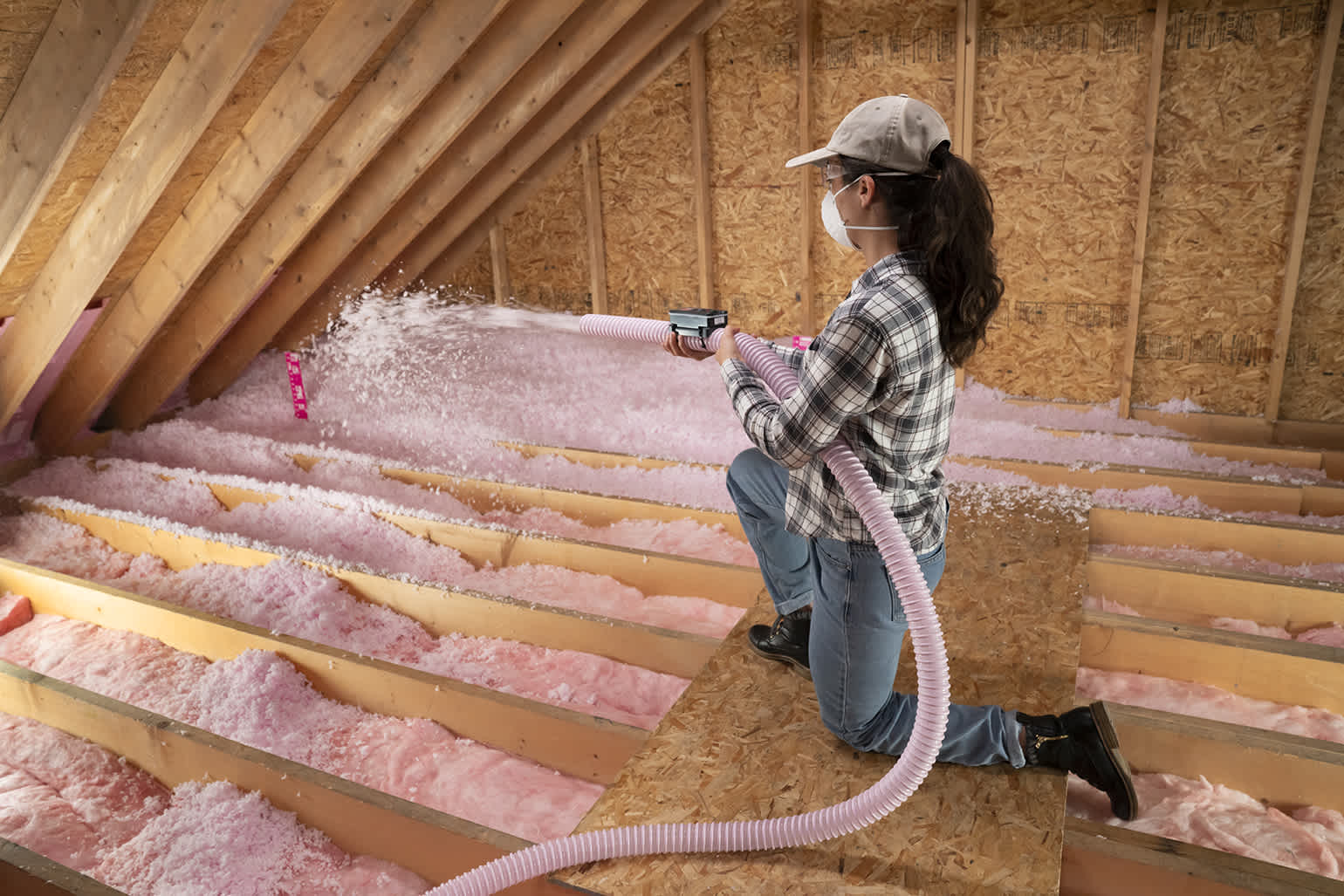
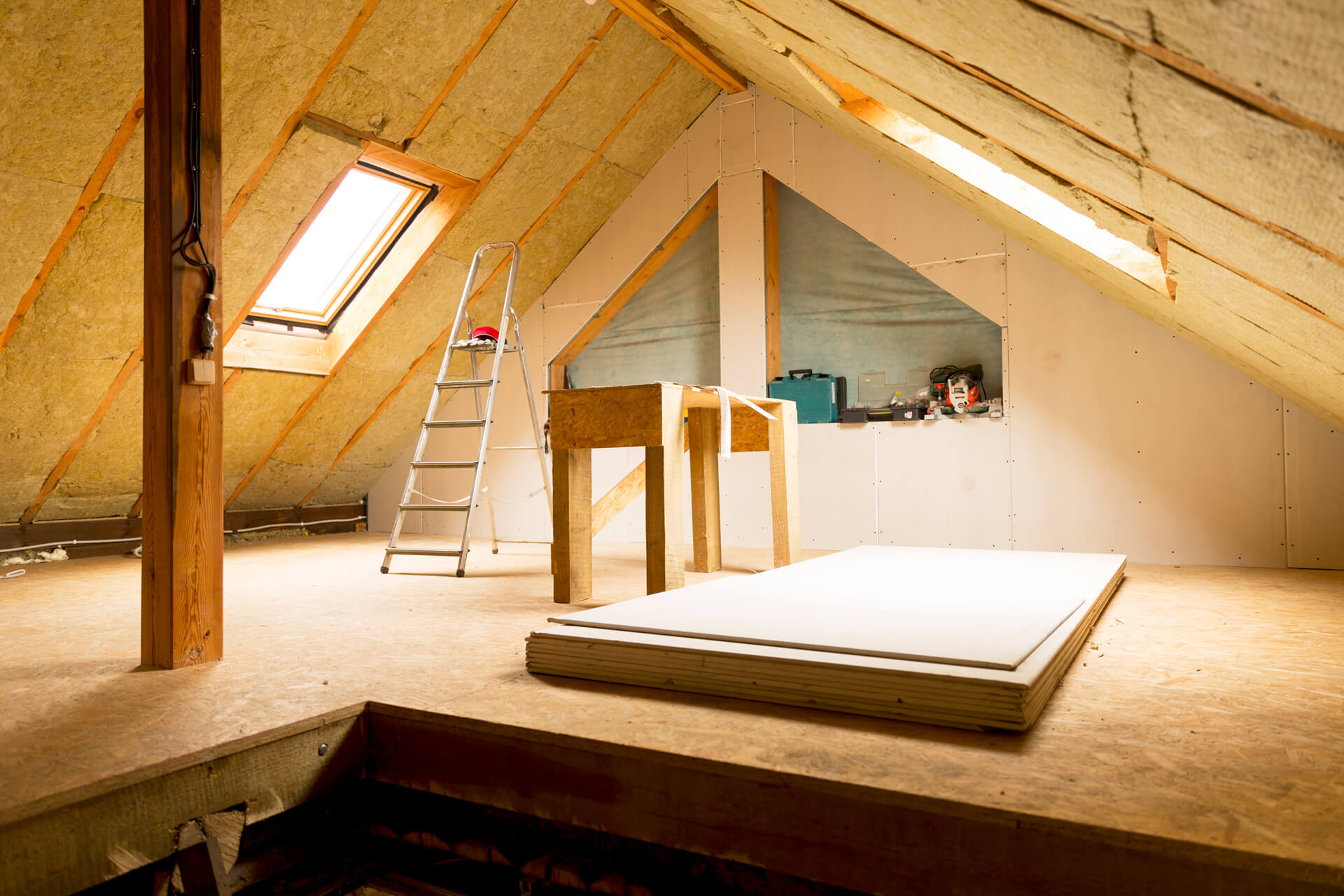
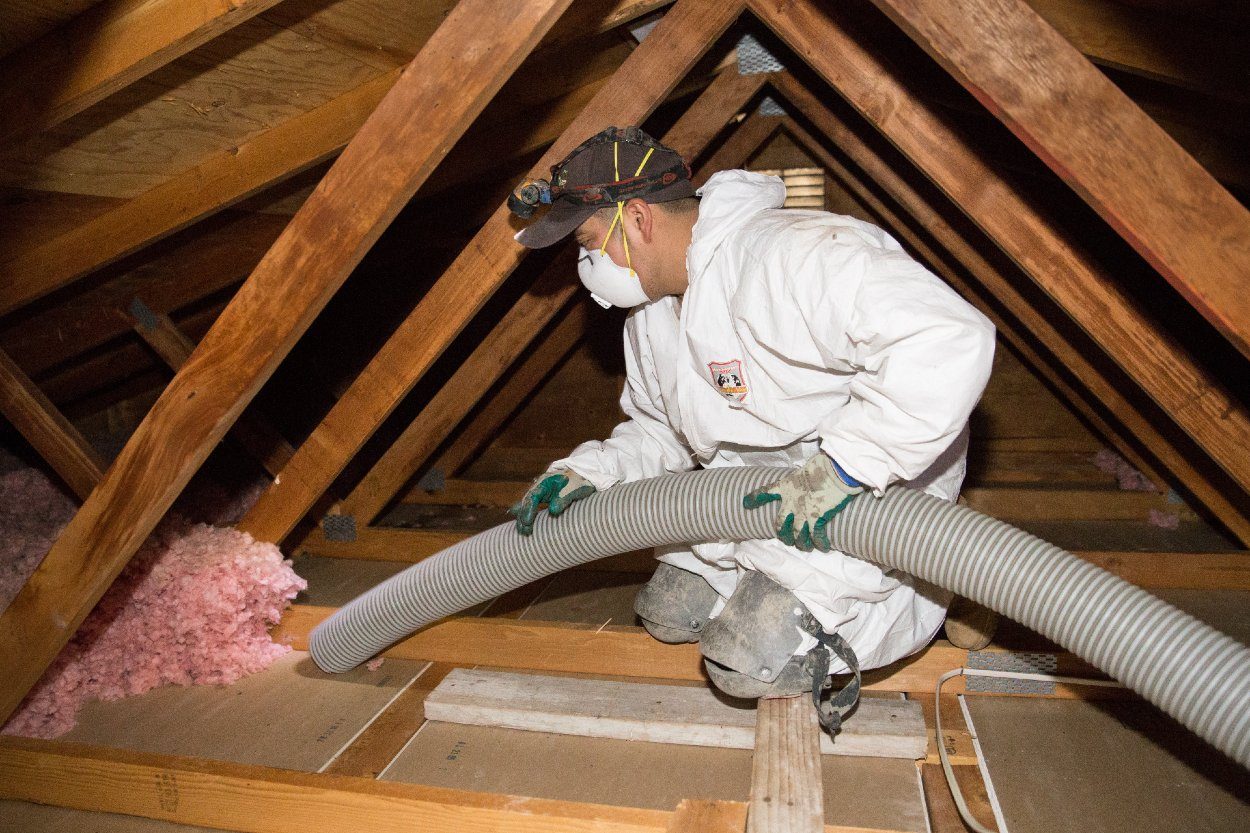
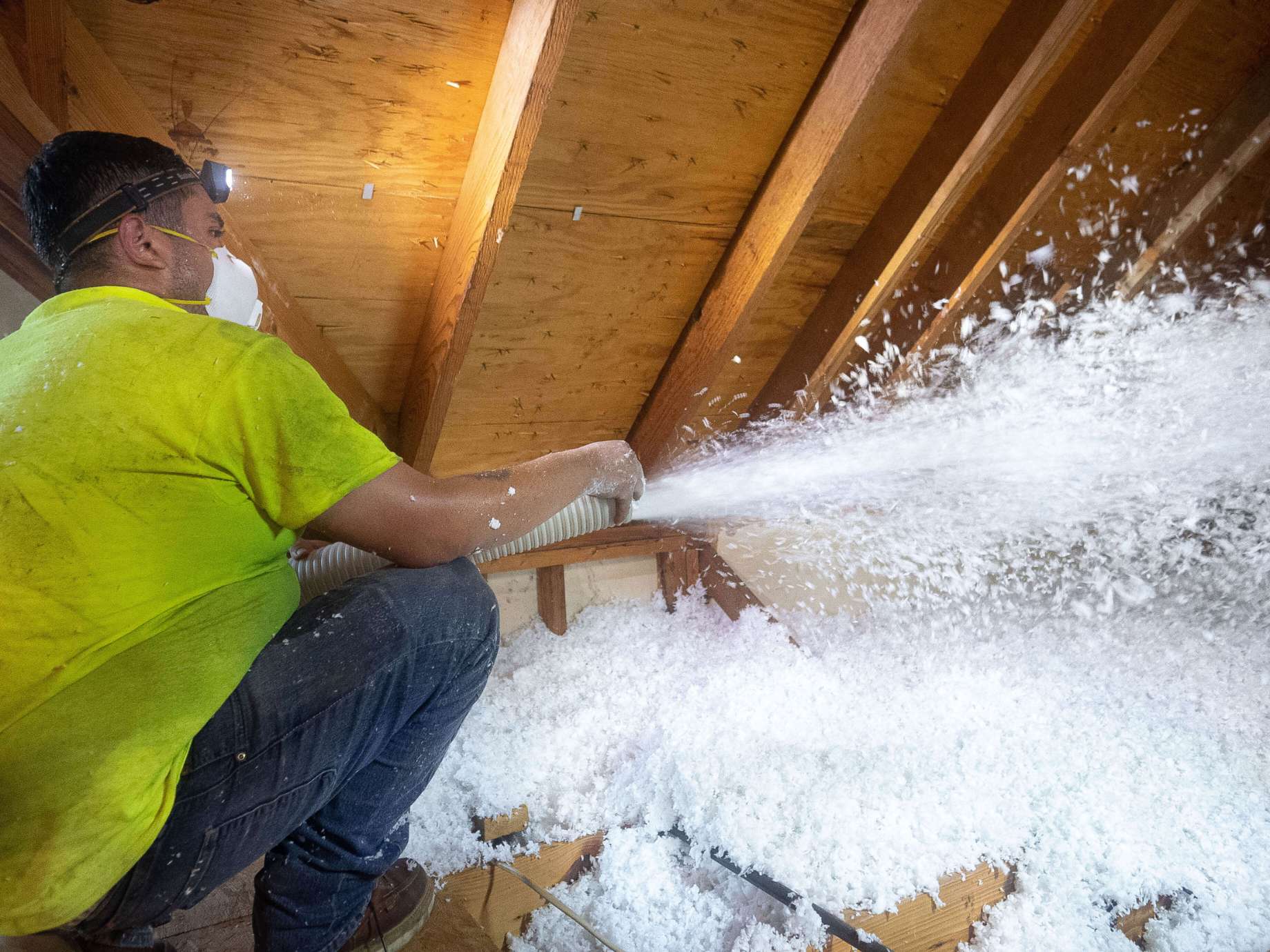
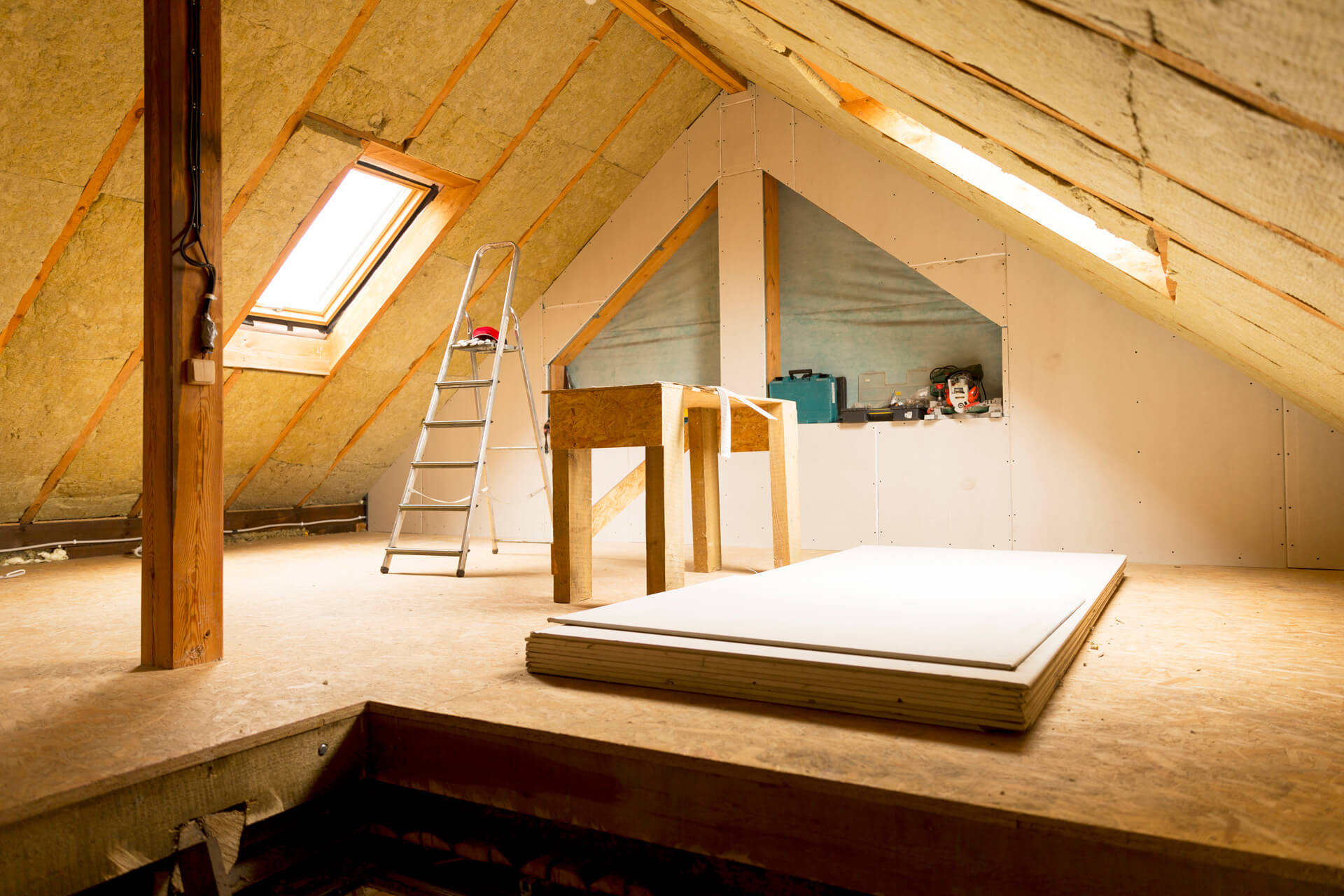
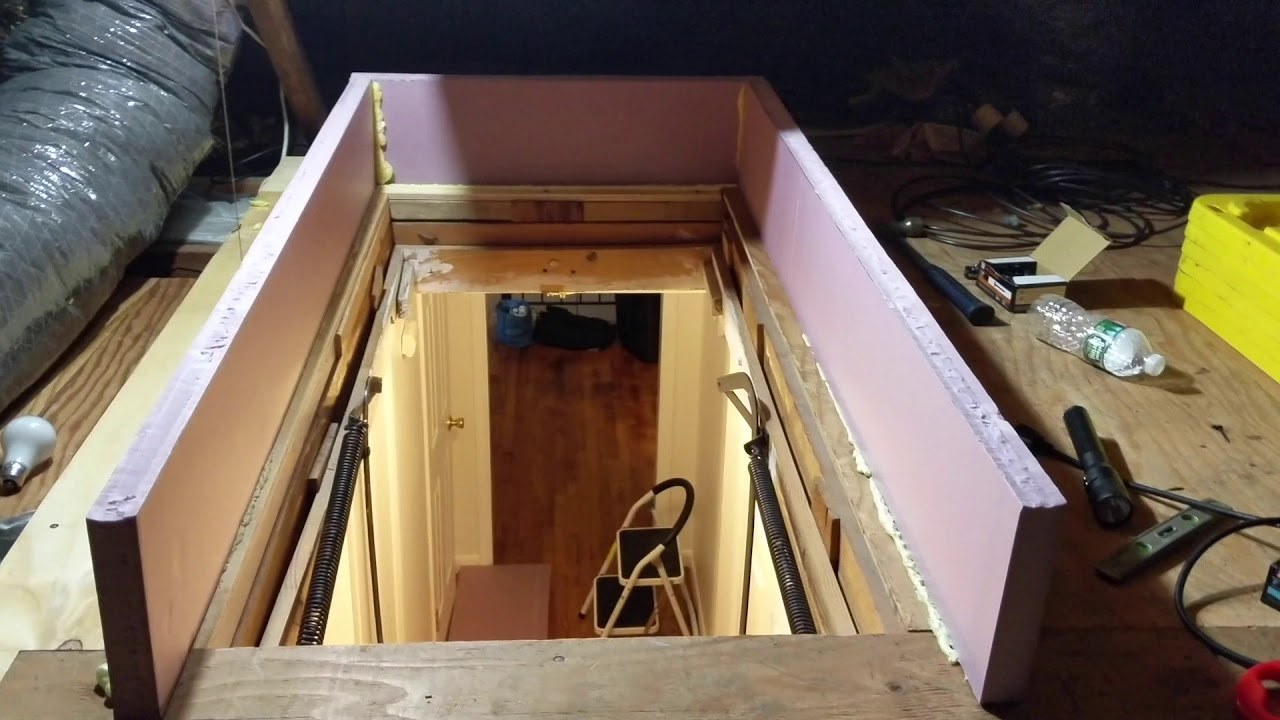
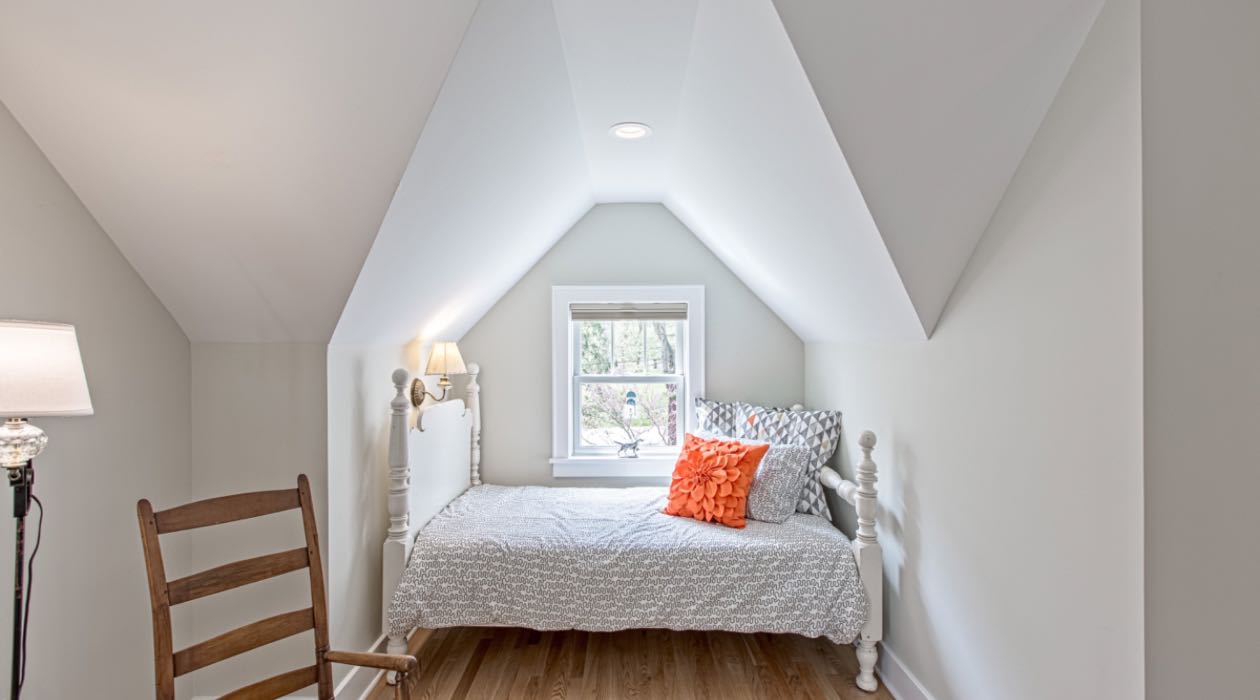
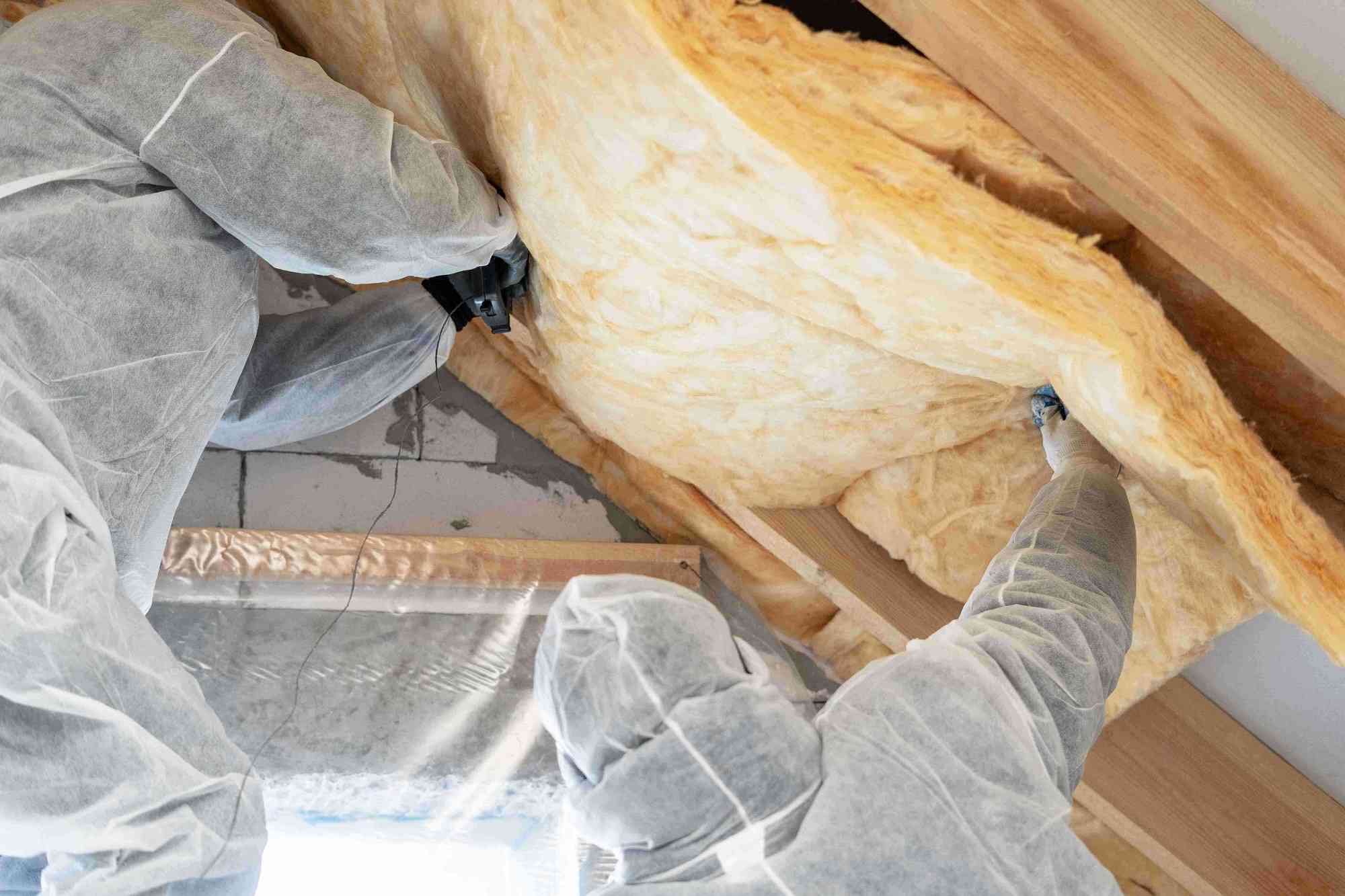
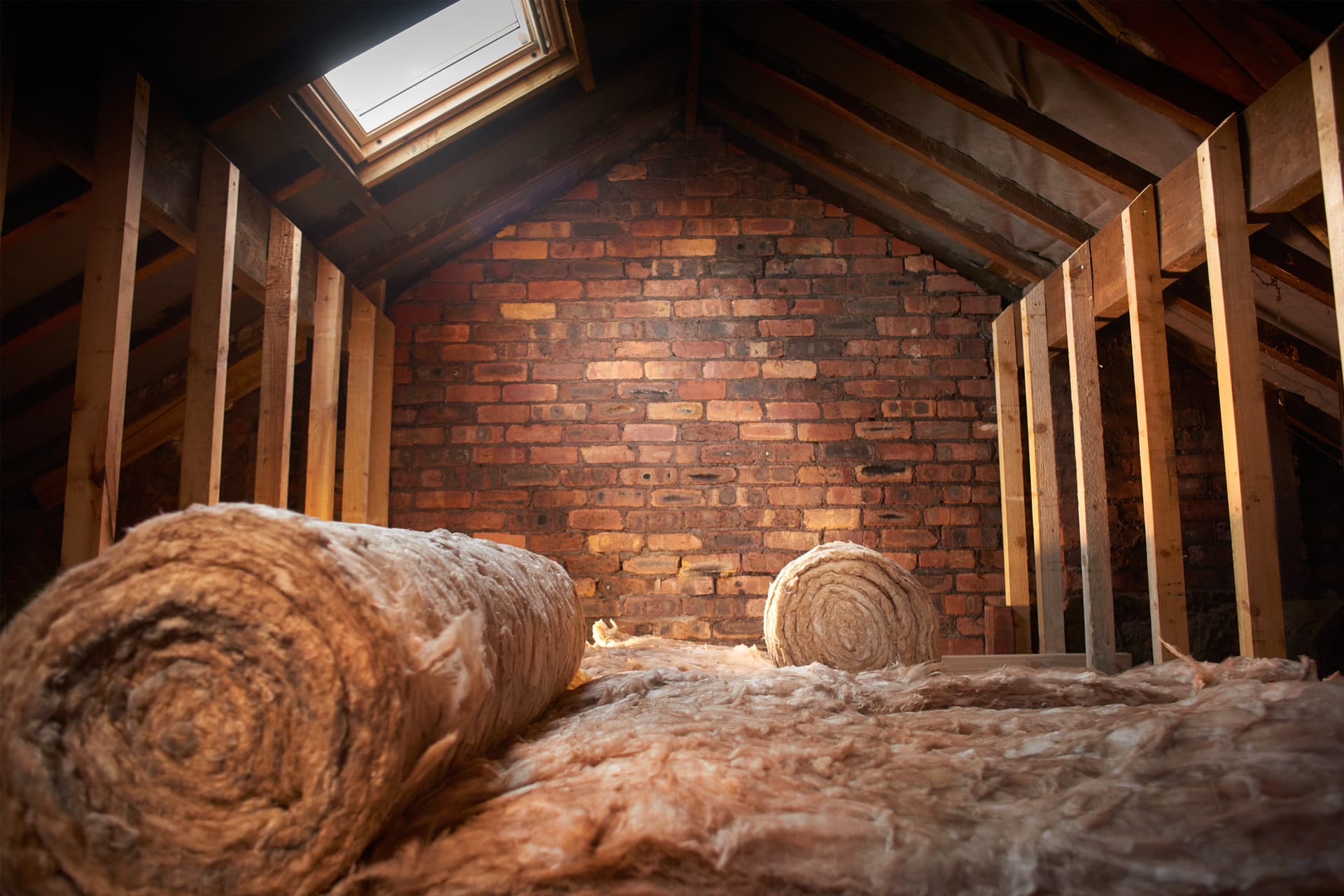
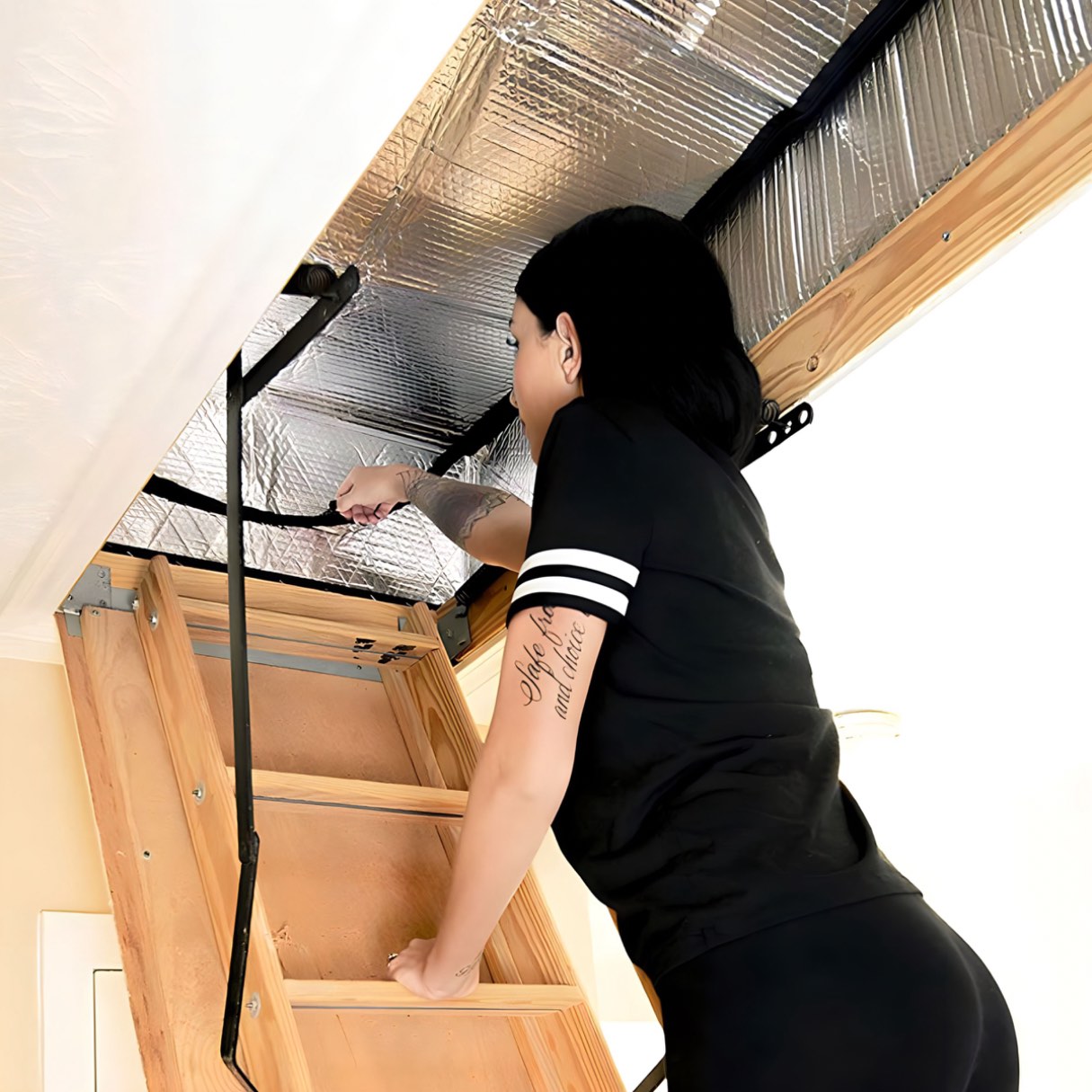

0 thoughts on “How To Insulate An Attic Ceiling”